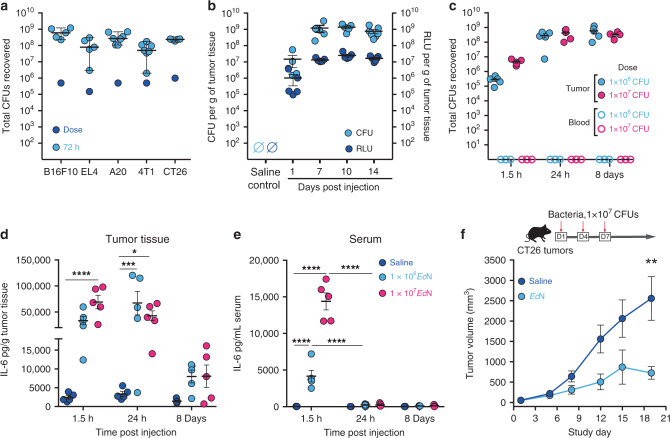Fig. 1. E coli. Nissle is a versatile platform for localized modulation of the tumor microenvironment.
a Initial dose and bacterial abundance within tumor homogenates at 72 h post-intratumoral (i.t.) injection with ~1 × 106 CFU of EcN from the indicated tumor model as measured by colony forming unit (CFU) assay (B16F10, EL4, CT26 n = 5 mice per group, A20, 4T1 n = 7 mice per group). Data are representative of two independent experiments. b Bacterial abundance measured by CFU (left axis) and relative bioluminescent units (RLU) (right axis) from CT26 tumors at the indicated time points post-i.t. injection of n = 5 mice with 1 × 106 CFU of EcN-LuxABCDE compared to saline injected controls. Data are representative of two independent experiments. c–e CT26 tumor-bearing mice (n = 5 per group) were treated i.t. once with indicated doses of bacteria. Bacterial abundance within tumor homogenates (filled in circle) or blood (hollow circle) for mice treated with 1 × 106 or 1 × 107 CFUs EcN (c), and IL-6 quantification from tumor (d) and serum (e) shown at the indicated time points (*P = 0.0175, ***P = 0.0001, ****P < 0.0001, two-way ANOVA with Tukey’s multiple comparisons tests). Data are representative of two independent experiments. f Representative tumor growth data for CT26 tumor-bearing mice i.t. treated with either saline control or 1 × 107 CFUs of EcN (n = 9 mice per saline and n = 7 mice per EcN group) on days 1, 4 and 7 (**P = 0.0062, two-tailed unpaired Student’s t test comparing saline vs EcN treated groups on day 19 of study). Individual tumor volumes are presented in Supplementary Fig. 1d. Data are representative of three independent experiments Each circle in (a–e) represents an individual animal. a–f Data are mean with s.e.m.

